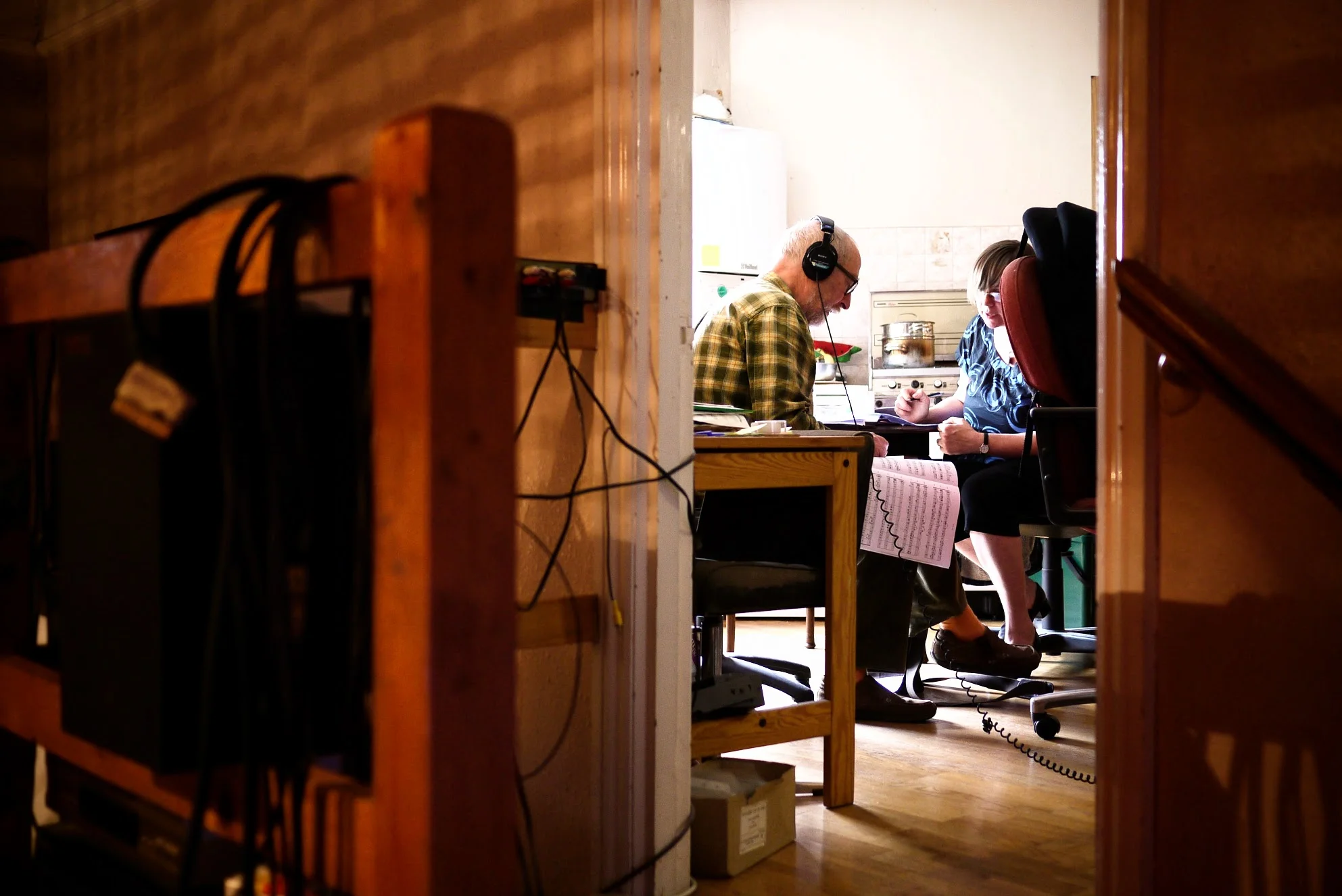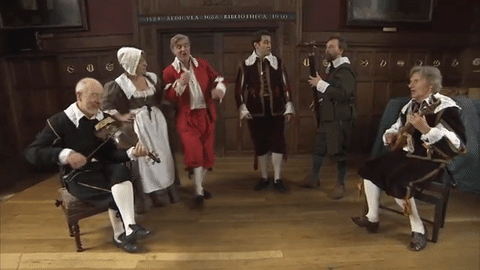Burning Bush
I am musical director of Jewish world music group The Burning Bush.
The group takes its inspiration from a wide variety of music from the old Jewish world, embracing both the Ashkenazi and Sephardi cultures. Folk songs in Yiddish from Poland, Russia and Ukraine, instrumental dances of the East European Klezmer bands, and mystical dances of the ultra-orthodox Hasidim, mix with the great tradition of Sephardi song from the exiled Spanish communities of Turkey, Greece, Bulgaria and Morocco. They also feature songs from the Jewish communities of the Yemen and Iraq, sung in Hebrew and Judeo-Arabic.
Much of this music is preserved in the oral tradition, reflecting the musical language of the countries where Jewish communities settled over the centuries. Ballads, folk songs and romances, some dating back to Medieval Spain, co- exist with melodies of Greek or Turkish origin from the late Ottoman Empire. Yiddish songs and Klezmer melodies show the influence of early jazz with the immigration to the New World at the turn of this century. Many songs were sung in the home from mother to child; others were written for the ghetto theatres; some reach right out to us like the lullaby 'S'dremlyn feygl' from the Vilna ghetto; all portray the universal themes of love, sorrow, devotion and the vicissitudes of everyday life.
The Burning Bush's interpretations reflect the local character of the music through the use of traditional instruments and styles of performance. For the music of the Ashkenazi world clarinet, accordion, violins, cymbalom and bass predominate; for the Middle Eastern aspect of the Sephardi repertoire the group use less familiar traditional instruments like the oud, rebec, riq and the goblet-shaped drum, the darabukka.




